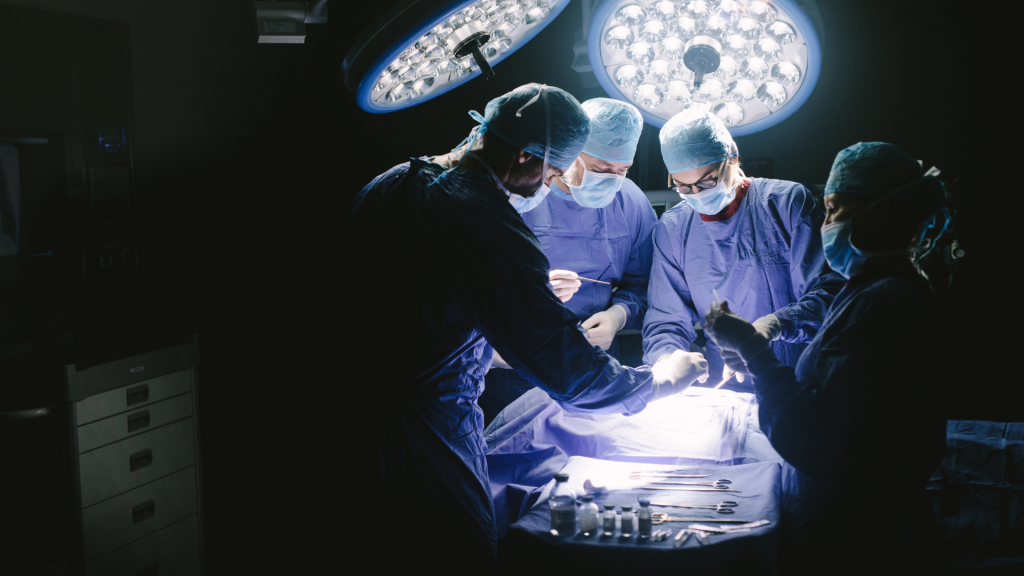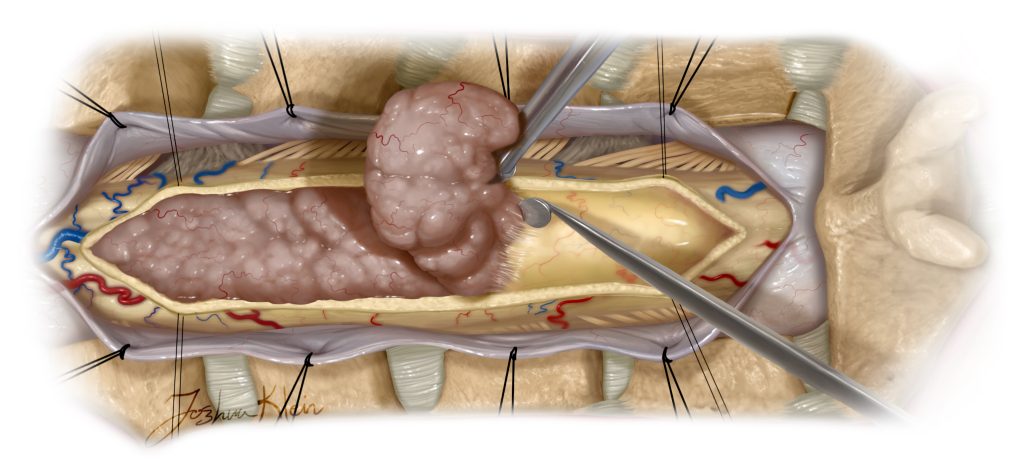Applications in Real-Time Monitoring during Surgery

Objective:
To explore how nanosensors are applied in real-time monitoring during neurosurgery, enhancing precision and improving patient outcomes.
Introduction to Real-Time Monitoring:
Real-time monitoring during neurosurgery is essential for ensuring the safety and success of procedures. Nanosensors are becoming increasingly important in providing continuous, real-time data that allows surgeons to monitor the condition of brain and spinal cord tissues during surgery. These sensors enable surgeons to make more informed decisions, reduce surgical risks, and improve recovery times for patients.
Key Applications of Nanosensors in Real-Time Surgery Monitoring:
- Neural Activity Monitoring:
- Nanosensors can be used to monitor brain activity during surgery, particularly in delicate procedures such as tumor resection or spinal cord surgery. By detecting electrical signals from neurons or changes in tissue conductivity, these sensors can provide feedback on the brain’s functional state, allowing surgeons to avoid damaging critical brain areas.
- Example: During brain tumor surgery, nanosensors can detect neural signals from nearby healthy tissue, helping surgeons navigate around critical areas of the brain and minimize functional impairment.
- Tissue Oxygenation and pH Monitoring:
- Nanosensors can measure tissue oxygen levels and pH in real time, providing important feedback about the viability of brain or spinal cord tissue during surgery. Monitoring oxygenation and pH is crucial for assessing the health of tissues and ensuring that they are not compromised during surgical procedures.
- Example: Nanosensors implanted in the brain can measure oxygen levels around a tumor, allowing surgeons to gauge the extent of tissue damage and make adjustments during the surgery to avoid further complications.
- Detection of Inflammation or Infection:
- In neurosurgery, it is vital to detect signs of infection or inflammation as early as possible to prevent complications. Nanosensors that detect inflammatory biomarkers or pathogens can provide real-time diagnostic information, allowing for immediate intervention if needed.
- Example: After a spinal cord injury surgery, nanosensors could be used to monitor the presence of bacterial infections or inflammatory responses, allowing for timely antibiotic administration.
- Real-Time Drug Delivery:
- Nanosensors can be integrated with drug delivery systems to provide continuous monitoring of drug levels in the brain or spinal cord. This ensures that therapeutic drugs are delivered at the correct dose and at the right time during surgery, improving the effectiveness of treatment and minimizing side effects.
- Example: Nanosensors could monitor the concentration of anesthesia or pain-relieving drugs, ensuring that patients remain comfortable and stable throughout the surgery.
Real-World Example:
- Nanosensors for Brain Tumor Resection:
- During brain tumor surgery, nanosensors are being used to monitor tumor margins in real time. These sensors can detect the presence of tumor cells at the edge of the resection site, helping surgeons to ensure that all cancerous tissue is removed while preserving healthy brain tissue.
Check out this video!
Case Study:
- Nanosensors in Spinal Cord Surgery:
- In spinal cord surgery, researchers have used nanosensors to monitor neural activity and oxygen levels in real time. This allows surgeons to adjust their approach during surgery to avoid damaging the spinal cord and to assess the success of neural repair strategies.
